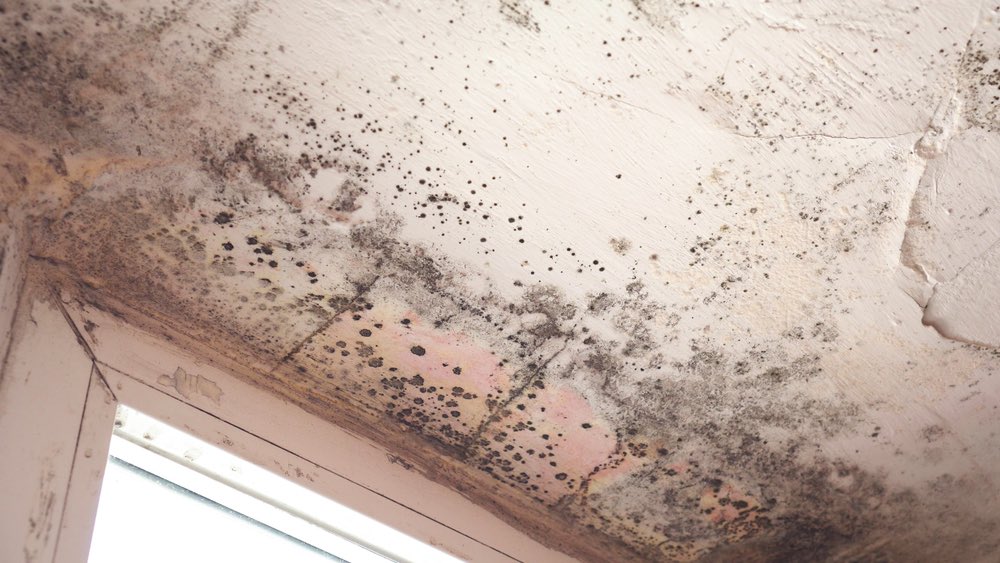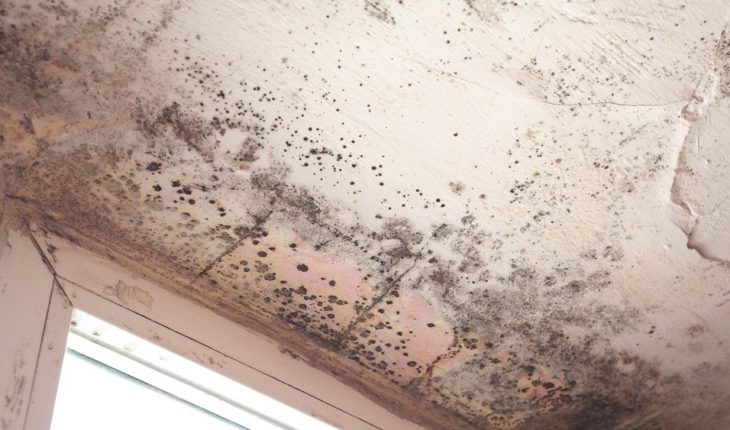Mold can be a severe issue in any home, both in terms of the damage it can cause and the health risks it poses. That’s why it’s crucial to have a plan for mold remediation, whether you do it yourself or hire a professional. Mold is a fungus that flourishes under moist conditions. Mold can enter your home through doors, windows, heating and cooling systems, or on your clothing. When mold spores become exposed to humidity, they can grow exponentially into a more significant threat. This infestation comes with a damp, musty odor. Mold can also cause long-term health problems, so it’s essential to remove it as soon as possible. A few steps to extract the mold include mold remediation, mold removal, and mold cleanup. These methods will help get rid of mold and keep your home healthy.

Should You Do the Cleanup Yourself?
Whether you should attempt to perform the mold cleanup yourself depends on the size of the affected area. When the mold is limited to a small area in one room, you can probably handle the cleanup on your own by following a few guidelines:
1. If you have a plumbing leak or other water problem, it’s essential to fix it as soon as possible. Mold can expand in damp conditions, so it’s necessary to dry items completely and prevent decay from getting a foothold.
2. If mold is already present, scrub it off hard surfaces with detergent and water. Porous materials like ceiling tiles and carpet may need to be discarded if they’re heavily moldy. Mold can grow into the pores of these materials, making it difficult or impossible to remove altogether.
3. By taking care of water problems quickly and thoroughly drying wet items, you can help prevent mold growth in your home.
4. When cleaning mold, wear the appropriate protective gear (gloves and an N95 mask), and keep contaminated clothing away from other laundry and people.
5. Avoid covering moldy surfaces with caulk or paint, as the mold will prevent it from properly sticking.
6. In areas with frequent mold infestations, increasing ventilation and regular sanitation can help minimize the recurrence.
What if the Damage is Severe?
A mold remediation company will have the experience and equipment necessary to safely and effectively remove mold from your home. Another consideration is the type of mold. Certain fungal species of mold are more dangerous than others. If you’re not sure what type of mold you’re dealing with, it’s best to take extra precautions and get in contact with a professional. You’ll need to consider the cost of mold remediation. If you have insurance, your policy may cover the cost of professional mold removal. However, even if you don’t have insurance, mold remediation is an important investment in your home.
The Removal and Remediation Process
If you’re wondering if you need to test for mold, the answer is usually no. In most cases, if the mold is already visible, it needs to be removed. Mold remediation can be a pain, but it doesn’t have to be. With the right professional, you can have your home back to normal in just a few days. A mold removal expert will approach this in several steps:
1. Mold remediation professionals take steps to prevent mold spores from spreading throughout your home. They do this by sealing off the work area, often using plastic sheeting.
2. Once the mold has been physically removed, they should clean the air of airborne mold spores using HEPA air scrubbers and air exchange. This will help to ensure that your home is free of mold and mold spores.
3. Workers will usually discard absorbent materials since cleaning can’t remove the deep contamination. Most lighter building materials are cheap and easier to re-install.
4. After demolition, any remaining stains or spores will face removal using an antimicrobial solution.
5. The affected area will be treated with a sealer to eliminate lingering odors and increase resilience to future water damage.
The cost to have the mold removed can vary based on the size and location of the damage and the type of restoration that might have to occur after the removal. Depending on the company, there may be an attempt to overestimate the cleanup scope to raise the cost. If the presented price sounds unfair, it’s a good idea to shop around for a better deal before agreeing to anything.
Possible Side-Effects of Mold Exposure
Mold exposure can cause various symptoms, the most common of which are allergies, irritation, and inflammation of the mucus membranes. Rarely, overexposure to mold can cause infections and illness. While severe conditions are rare, anyone with a compromised immune system is at high risk of mold-induced sickness. If you’re experiencing irritation of your eyes or respiratory system while in your home, it might be time to have your home tested before it gets out of hand.

